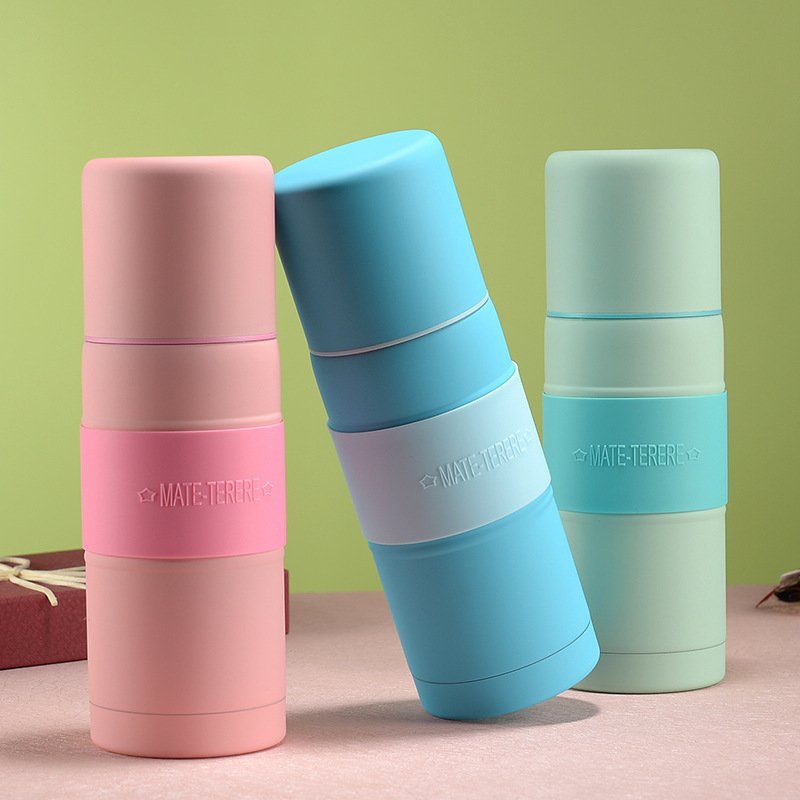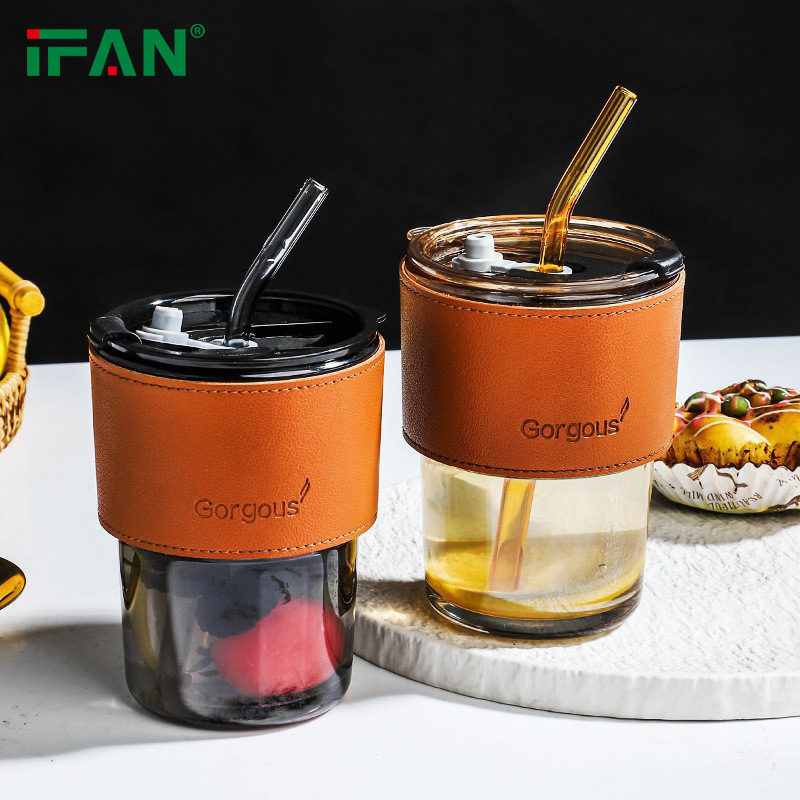Introduction: Water bottles are not merely containers for hydration; they are essential accessories that accompany us in our daily lives. From the material they’re made of to their design and functionality, water bottles come in a variety of options to suit different preferences and needs. In this comprehensive guide, we delve into the world of water bottles, exploring the intricacies of materials, designs, and functionalities to help you make informed choices.
Materials:

- Plastic: Plastic water bottles are lightweight and affordable, but concerns about harmful chemicals like BPA have led to the popularity of BPA-free options. However, some plastics may still contain other chemicals that can leach into the water, so it’s essential to choose bottles labeled as food-grade or certified as safe for drinking water.
- Stainless Steel: Stainless steel water bottles are durable, BPA-free, and resistant to corrosion. They can keep beverages cold or hot for extended periods, making them ideal for outdoor activities and travel. Look for bottles with double-wall vacuum insulation for maximum temperature retention.
- Glass: Glass water bottles are eco-friendly and do not leach harmful chemicals into the water. They offer a clean, pure taste and are easy to clean. However, glass bottles are more fragile and prone to breakage, so they may not be suitable for all environments.
- Silicone: Silicone water bottles are flexible, collapsible, and lightweight, making them convenient for travel and outdoor adventures. They are also durable and resistant to heat and cold. However, some users may find that silicone bottles retain odors or flavors over time.
Designs:
- Standard: Standard water bottle designs feature a cylindrical shape with a screw-on or flip-top lid. They come in various sizes and capacities to suit different hydration needs.
- Sports: Sports water bottles are designed for active use, with features like a squeezable body, built-in straw or spout, and ergonomic grip. They are often made of lightweight, BPA-free plastic or silicone.
- Insulated: Insulated water bottles are designed to maintain the temperature of beverages for extended periods. They typically feature double-wall vacuum insulation and come in stainless steel or glass construction.
- Collapsible: Collapsible water bottles are space-saving and portable, making them ideal for travel and outdoor activities. They can be collapsed or rolled up when not in use for easy storage.
Functionality:

- Leak-Proof: Leak-proof water bottles feature secure lids and sealing mechanisms to prevent spills and leaks, making them suitable for use in bags or backpacks.
- Filtered: Filtered water bottles have built-in filtration systems that remove impurities and improve the taste of tap water, allowing you to enjoy clean, fresh water on the go.
- Hydration Tracking: Some water bottles come with built-in features for tracking water intake, such as measurement markings or electronic hydration reminders.
- UV-C Sterilization: Advanced water bottles may incorporate UV-C sterilization technology to purify water and eliminate bacteria and viruses, providing peace of mind when drinking from untreated water sources.
Conclusion: In conclusion, water bottles come in a diverse range of materials, designs, and functionalities to cater to different preferences and lifestyles. Whether you prioritize durability, eco-friendliness, or convenience, there’s a water bottle out there to suit your needs. By understanding the characteristics and benefits of various options, you can make informed decisions and choose the perfect water bottle to accompany you on your hydration journey.

